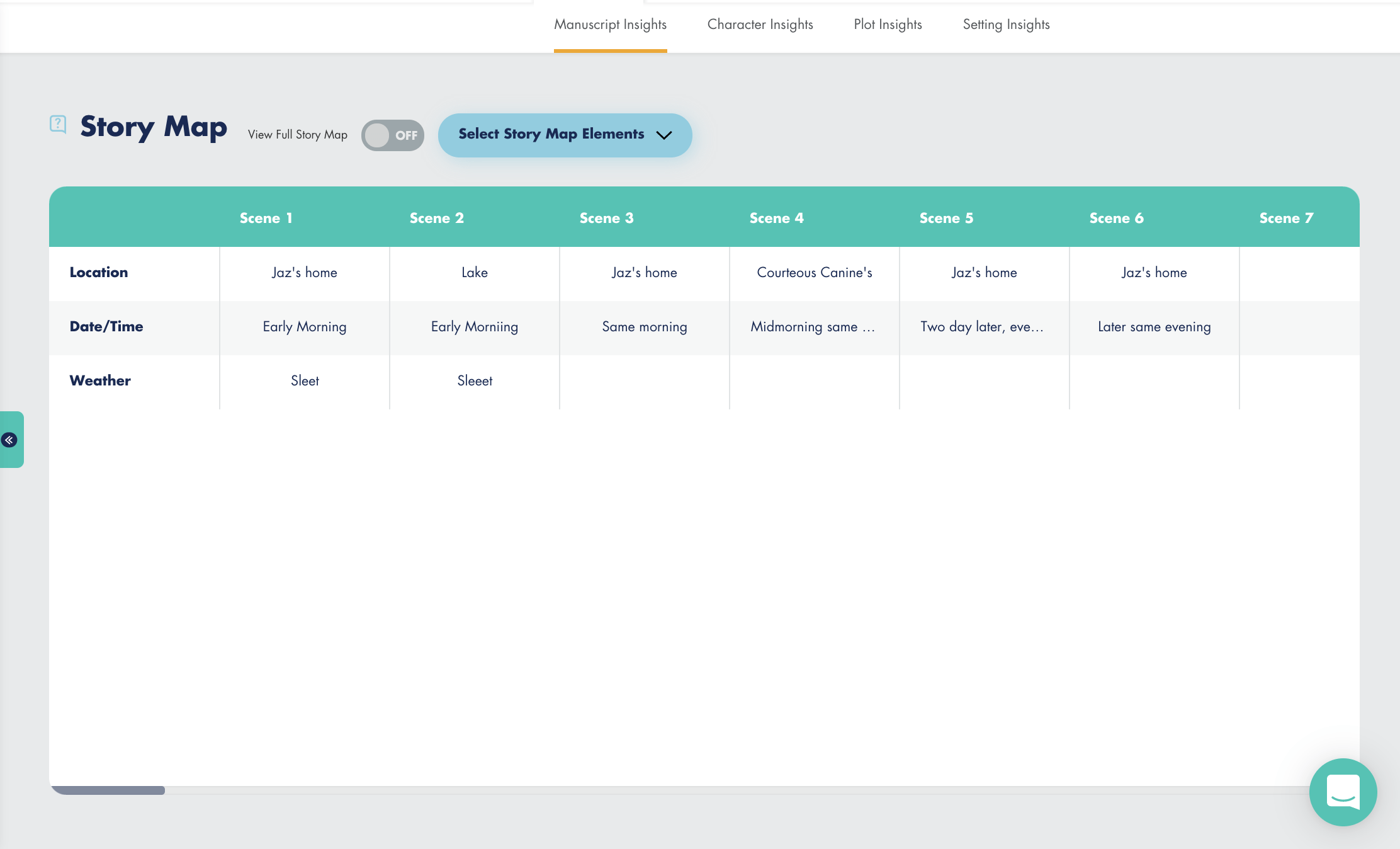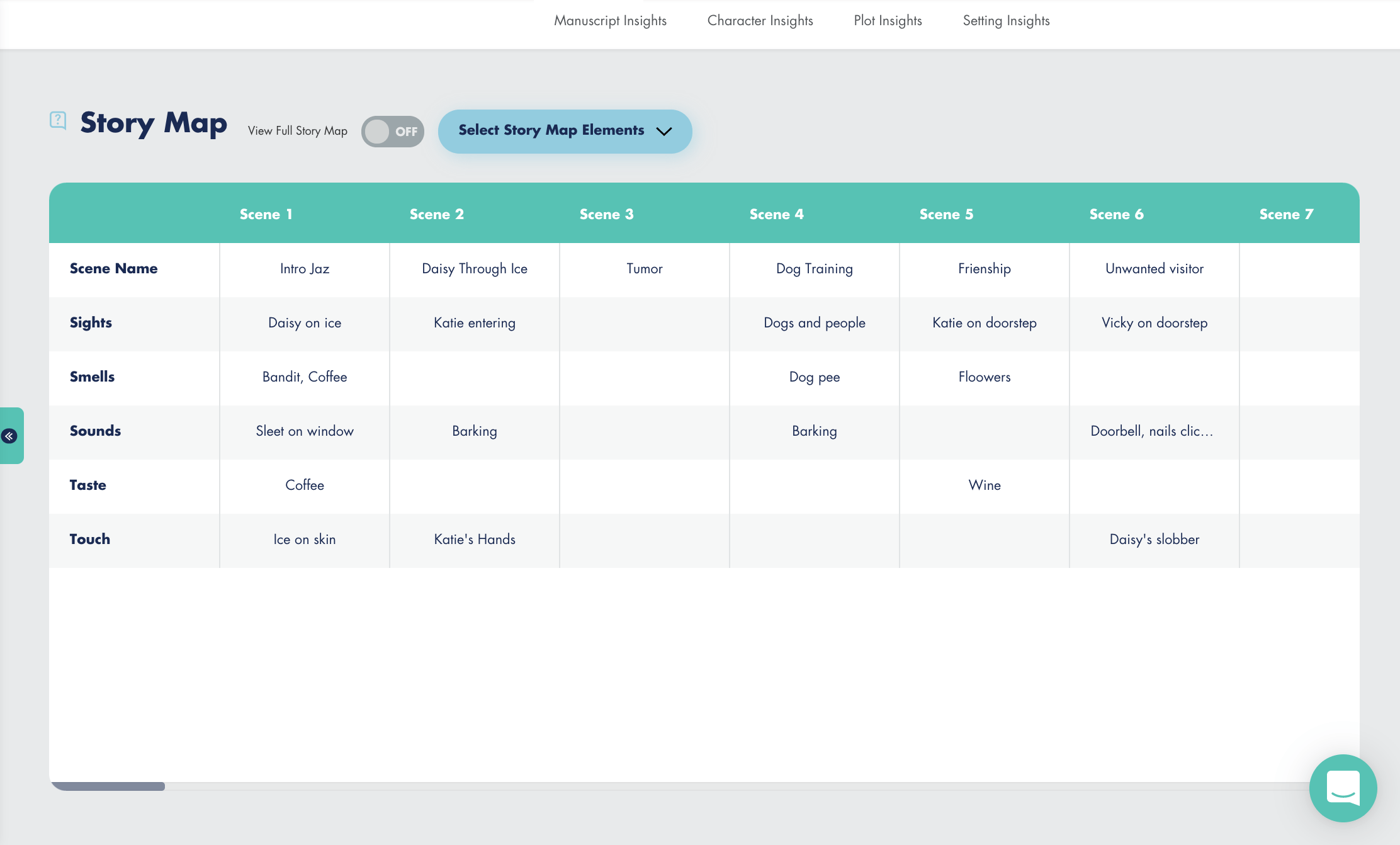When you can’t see the story for the words, you need help. How you improve your story’s setting?
With story editing.
I once read a book where I didn’t skim any of the setting descriptions. Afterward, I wondered why. I re-read the story from a structural editing point of view.
I highlighted every sentence that described the setting. What I realized was the author only described things or places that were relevant to the plot.
What is a Story Setting?
From a macro level. the setting is the world where your story takes place.
From a micro level, each scene in your story will have a setting. The setting is made up of:
- The location where scene takes place
- The time the scene takes place
- The weather or lack of weather in a scene
- What objects – related to the plot or characterization – are in a scene
- What senes does the point of view character use.
Most writers know the setting creates the story world. But in the context of novel structure, it can do so much more for you.
Consider the following for each scene when you’re trying to improve your story’s setting:
- Location
- Date&Time
- Weather
- Objects
- Senses
Location/ Date & Time / Weather
The setting of a story or scene in your story can influence the emotional experience of your readers and your characters. Once you’ve determined the location for each scene, ask yourself if the location is the best place for emotional impact. You should ask this for the date & time of the scene and for the weather.
This one little question helps you:
- increase or decrease conflict
- increase or decrease tension
- set the mood
- show characterization
That’s a lot for a setting to do for you, but thinking about setting in terms of emotional impact will wake up your creativity.
Suppose you have a character who is afraid of the dark. Imagine the character is about to have a confrontation with an employee. If the character feels confident being in his/her own office and you want the character to be in a position of strength, then use the office as a setting.
If you want the character to feel vulnerable during the confrontation, try locating him/her outside, at night, in an isolated parking lot. And make it very dark. The streetlight is broken. There is no moon. Maybe it’s windy, so a cry for help won’t be heard.
Do you see the difference? The setting can help you bring out emotion in the scene by showing conflict, tension, mood, and characterization. You decide what emotion you want the reader to feel, then decide how the setting can help bring forward that emotion.
If you think the location is not the best place for emotional impact, it’s time for a rewrite. Find a location where you can elicit strong emotions, then rewrite the scene in that location. The same goes for Date & Time, and Weather.
Objects in a Scene
When you are structural editing, keeping track of objects in a scene is important. An object should perform a function. They could be a clue, remind a character of good or bad times, or cause conflict between characters. They may be included to provide richness to a location, but if you can give it a double purpose, it will add depth to your story.
The first time an object appears in your novel, you’ll want to describe it. You may want a detailed description if the object means something to a character, or you may want to keep it simple if you want the reader to know it’s there, but you don’t want them to focus on it yet.
If you have an object that plays a key role in the story, then mention it early. You’ll want to know which characters know about the object, when they find out about it, and if you have the object in key scenes.
Fictionary will help you keep track of objects and other elements that are relevant to the object, such as location or characters in the scene. You can quickly check if the objects are in key scenes.
Senses
All characters have senses, so use them to keep the stage interesting.
All 5 senses are important. You’ll want to keep track that you don’t overuse one, under use another, and that you use more than one. This will make your character feel real.
This is only the beginning of how setting in a story used properly can help you rewrite a novel that readers will love.
Story Setting Tips for Writers
Tip number one: have your character interact with setting instead of just describing the setting. What the character thinks, does, and feels.
Tip number two: describe things in the setting that have meaning to the POV character or give insight into a character.
Tip number three: Let your point of view character’s personality affect the choice of setting. Is she shy and you want her to be uncomfortable. Have her enter a crowded room where everyone stops talking the moment she enters.
Tip number four: Choose a setting that has meaning to your point of view character. For example, as a teenager the POV character was humiliated by a boy she trusted. He asked to the prom in front of the popular kids and then laughed at her when she said yes. Now her boyfriend chooses that same place to propose to her, and it’s in front of his friends.
How StoryTeller Helps You Improve Your Story’s Settings
StoryTeller is software for writers that will help you self-edit your story.
StoryTeller gave me some useful insight into how I’m using settings in my current work-in-progress EVOLUTION.
Location/ Date & Time / Weather
Using StoryTeller, I evaluated each scene on the Evaluate Your Scenes page. In the Story Map, I selected the Location, Date & Time, and Weather, so I could see all three together.

For Location, I’ve used Jaz’s home as the location in 4 of 6 scenes.I’m happy with the scenes that take place on the ice or at the dog school. I’ll go back and review if the other 4 scenes all have to be in Jaz’s home.
The Date & Time are fine. In every scene, the reader knows the time of day and also the timing of the scene in relation to the previous scene.
The first two scenes happen outside, and I mentioned the Weather in the scene. The scenes take place in the early morning, it’s dark outside, the weather is stormy, and Jaz is on a lake that is starting to unfreeze.
Jaz being alone in the early hours with a storm outside sets the mood. Tension rises as Jaz runs onto unstable ice. Jaz has panic attacks, so being alone at the front of the dog class provides characterization.
Weather should be related to plot.
Here is an example for Tana French’s novel “The Trespasser” to illustrate how to relate weather to plot.
Early in the story, we meet a detective on her way to a murder scene. This is part of the sentence:
It’s not raining—which is good: somewhere across the river there could be shoe prints waiting for us, or cigarette butts with DNA on them—but it’s freezing and damp…
This sentence opening tells us the character is concerned about doing a good job and even though she’s physically cold and uncomfortable, she’s going to do her job. It’s also foreshadowing that there will be issues with the investigation by noting “there could be shoe prints…”. And all of this we learn through the description of the weather and why the weather important to the character and hence to the plot.
This gives me a good idea how the first 3 elements are helping my story and where I need to do more work.
Objects in a Scene
Are the objects in EVOLUTION working for me? In the Story Map insight, I chose only the Scene Name and Objects.

Scene 1: I’ve listed a clock and bandit’s bed. The clock is a clue in the investigation. The dog’s bed illustrates Jaz’s emotional state, showing how she feels about losing her dog.
Scenes 2 & 3: I haven’t listed any objects. This is telling me the scenes might be hard for the reader to visualize and I should go back and review the scenes, thinking about whether there are objects that I could use to set the mood etc. These scenes are early on in the novel, so I need to give the reader a good picture of where they are.
Scene 4: I only list a leash, but the leash is showing Jaz’s skill in dog training.
Scene 5: The flowers symbolize friendship and the wine is a clue to Jaz’s mental state.
Scene 6: The plant symbolizes two women who aren’t friends. Jaz has killed every plant she ever owned. A true friend would know that and not bring a plant as a present.
You can see the objects are working for the story, but I need to do a bit more work.
Senses
Am I using the senses to get the most out of them? In the Story Map insight, I chose only the Scene Name and the 5 senses.

Scene 1: All the senses have a value.
Scene 2: I don’t use smell or taste.
Scene 3: This is getting a little vague. I don’t use any of the senses. You’ll have noticed I don’t have an object in the scene either. I’ll go back and edit the scene to make better use of the senses.
Scene 4, 5 and 6: These are okay, as I use some of the senses.
I also see a trend that I’m under utilizing taste. Perhaps I should improve this, too.
How else can StoryTeller help with story editing?
There is also a report for all the Setting Elements Per Scene if you want to see all of the setting elements in one place.
StoryTeller will guide you through your manuscript, illustrating weak areas in plot, character, or setting that will lead you to make changes to your novel. With a guided approach, you’ll know which areas of your manuscript you’ve addressed and which you haven’t. This will speed up your structural editing process by enabling you to focus only on areas that need revision.
StoryTeller will save you money on future structural editing. If an editor works on your novel before you’ve finished addressing structural issues, the editor will spend time on changes you could have already made. By doing this work yourself, you’ll learn how to write better fiction and you’ll receive higher quality comments from an editor.
Learn more about writing captivating stories.
If you’d like to listen to an in-depth discussion on story editing, check out Story Edit Like A Pro.
![]()
StoryTeller is creative editing software for fiction writers. Transform your story, not just your words. Successful stories depend on your ability to edit, improve, and revise your work. Only when you master story editing, can you master storytelling.
Why not check out Fictionary’s StoryTeller free 7-day trial and tell powerful stories?

